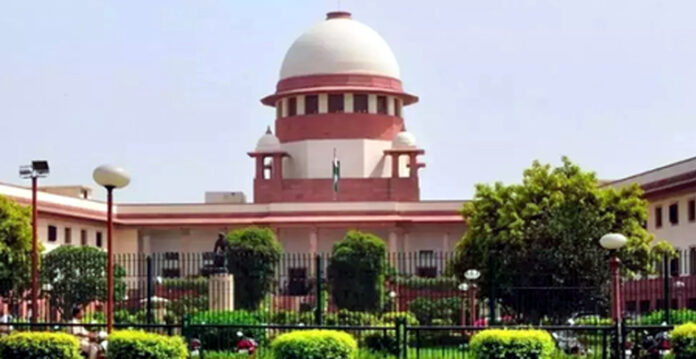In a landmark judgment that underscores India’s rich linguistic diversity, the Supreme Court on Tuesday upheld the use of Urdu on the signboard of a municipal council building in Akola district, Maharashtra. Emphasizing that language transcends religious boundaries, the court stated that Urdu is not the language of a religion, but a reflection of cultural confluence and shared heritage.
“Language is not religion. Language does not even represent religion. Language belongs to a community, to a region, to people; and not to a religion,” Justice Dhulia wrote in the judgment, reiterating that Urdu, despite its deep Indian roots, has been wrongly associated with one religion due to colonial-era divisions.
The apex court declared that both Urdu and Marathi enjoy equal status under the Indian Constitution, firmly rejecting arguments that only Marathi should be used for official communication in local bodies. The bench noted that Urdu has been in use in Akola’s municipal council since 1956, reflecting the linguistic preferences of the local population.
Also Read: Meeting to Address Challenges and Future of Urdu in Telangana
Calling Urdu “the finest specimen of Ganga-Jamuni tehzeeb” — the composite culture of northern and central India — the court hailed it as a language that embodies India’s inclusive and diverse ethos. “It is a misconception that Urdu is alien to India,” the judgment read. “It is a language which was born in this land.”
The case was brought before the court by a petitioner, Bagade, who challenged the use of Urdu under the Maharashtra Local Authorities (Official Languages) Act, 2022. However, the court found no merit in the plea, holding that there is no legal prohibition against the use of Urdu alongside Marathi. The Bombay High Court had earlier dismissed the petition in 2021, and the municipal council had rejected the same in 2020, citing decades of Urdu usage and its widespread comprehension among the residents.
Highlighting the broader context, the court reflected on India’s extraordinary linguistic spectrum. According to the 2001 Census, the country had 122 major languages and 234 identified mother tongues. Urdu, the sixth most spoken scheduled language, is present across states and Union Territories, barring a few in the Northeast.
Justice Dhulia emphasized that the primary function of language is communication. “Before language became a tool for learning, its earliest and primary purpose will always remain communication,” he wrote, commending the municipal council’s intent to communicate effectively with its diverse population.
The Supreme Court’s decision is being seen as a reaffirmation of India’s commitment to linguistic pluralism and cultural inclusivity. It not only preserves the rightful place of Urdu in India’s linguistic landscape but also sends a broader message — that languages are bridges, not boundaries.
(This story is sourced from a third-party syndicated feed. Raavi Media takes no responsibility or liability of any nature. Raavi Media management/ythisnews.com can alter or delete the content without notice for any reason.)


